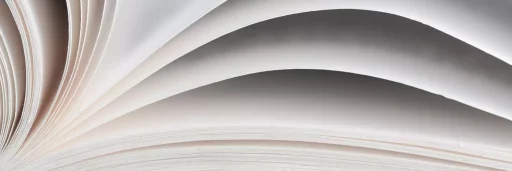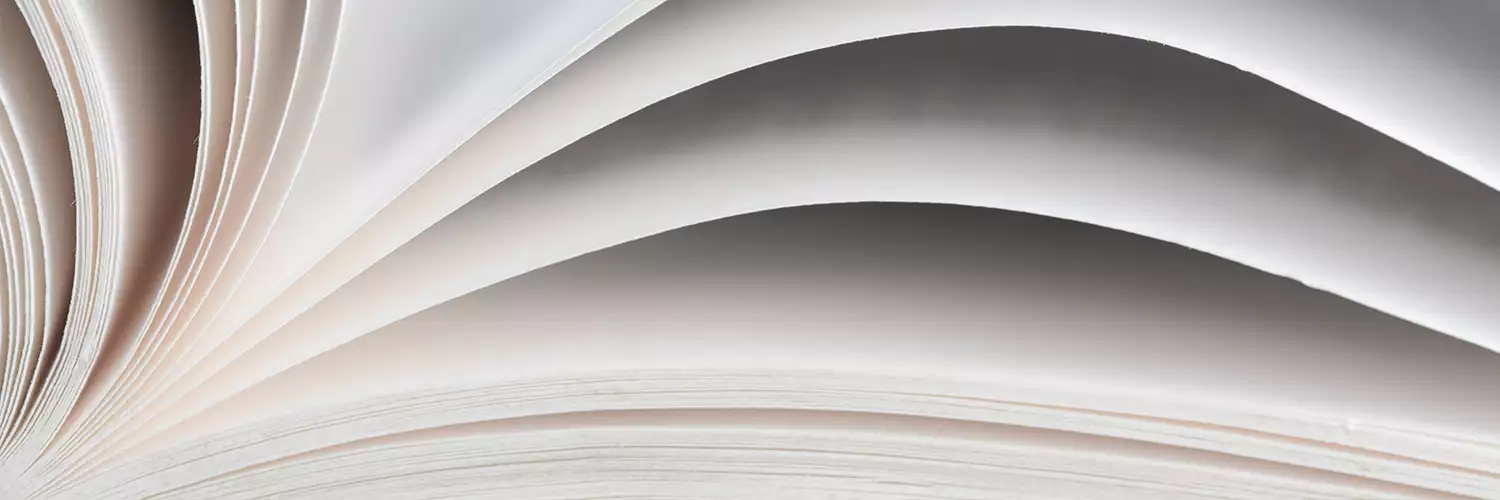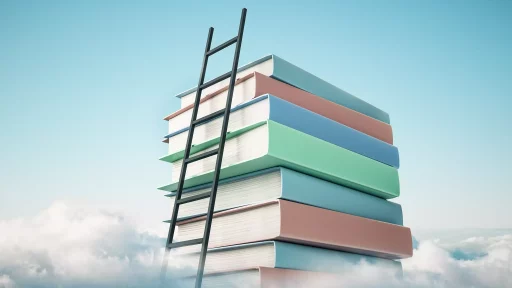Introduction
The Republic Day Parade is a grand celebration that takes place annually in India on January 26th. It marks the date when the Constitution of India came into effect in 1950, establishing the country as a republic. While the festivities are widespread across the nation, the centerpiece of this parade occurs at a traditional venue that holds immense historical and cultural significance.
Traditional Venue: Rajpath
The traditional venue for the Republic Day Parade is Rajpath, located in the heart of New Delhi. This majestic avenue stretches from the Rashtrapati Bhavan (President’s House) to India Gate, a war memorial dedicated to Indian soldiers who lost their lives in World War I. Rajpath serves as a symbol of India’s national pride and is carefully decorated for the occasion.
Layout and Features of Rajpath
Rajpath is not just a road; it is a grand ceremonial boulevard that is meticulously designed to accommodate the Republic Day Parade’s elaborate floats, military contingents, and cultural performances. Here are some key features of Rajpath:
- Rashtrapati Bhavan: The official residence of the President of India, it stands at the western end of Rajpath, providing a stunning backdrop.
- India Gate: Positioned at the eastern end, India Gate serves as the focal point for the parade, with various military and police contingents marching past it.
- Seating Arrangements: Thousands of spectators come every year to witness the parade, and seating is arranged along Rajpath for dignitaries, guests, and the public.
- Security Measures: Due to its importance, extensive security is in place, including surveillance, checkpoints, and crowd control measures.
Historical Context
The tradition of celebrating Republic Day on Rajpath dates back to 1950 when the Indian Constitution was adopted. The first parade was held on January 26 of that year, with the British colonial legacy of military parades being transformed into a celebration of India’s diversity and sovereignty. Over the years, this venue has seen remarkable displays of India’s military prowess, cultural heritage, and technological advancements.
Case Studies of Notable Parades
Over the years, several Republic Day Parades have left an indelible mark in the memories of millions. Some noteworthy instances include:
- 2015 Republic Day Parade: Marked the visit of the U.S. President Barack Obama as the guest of honor. This parade showcased India’s military capabilities and cultural heritage, and was watched by the world.
- 2021 Republic Day Parade: Notable for its delayed start and reduced participation due to the COVID-19 pandemic, it highlighted the nation’s resilience in the face of challenges.
- 2019 Republic Day Parade: Featured a striking tableau commemorating 150 years of Mahatma Gandhi, underpinning the values of peace and non-violence.
Statistics and Participation
The Republic Day Parade is not only a spectacle of military might but also a display of the country’s socio-cultural diversity. In recent years, the parade has seen:
- Participation of over 8,000 armed forces personnel.
- More than 30 tableaux from various states, showcasing their unique cultures.
- Live broadcast coverage that reaches millions of viewers globally.
Conclusion
Rajpath stands as a symbol of freedom, unity, and diversity for India. As we look back on the celebrations of Republic Day, it is clear that the parade is not merely a military display but a vibrant presentation of the nation’s cultural fabric. The tradition continues to foster a sense of pride among citizens and serves as a reminder of the democracy and freedom hard-won by previous generations.





